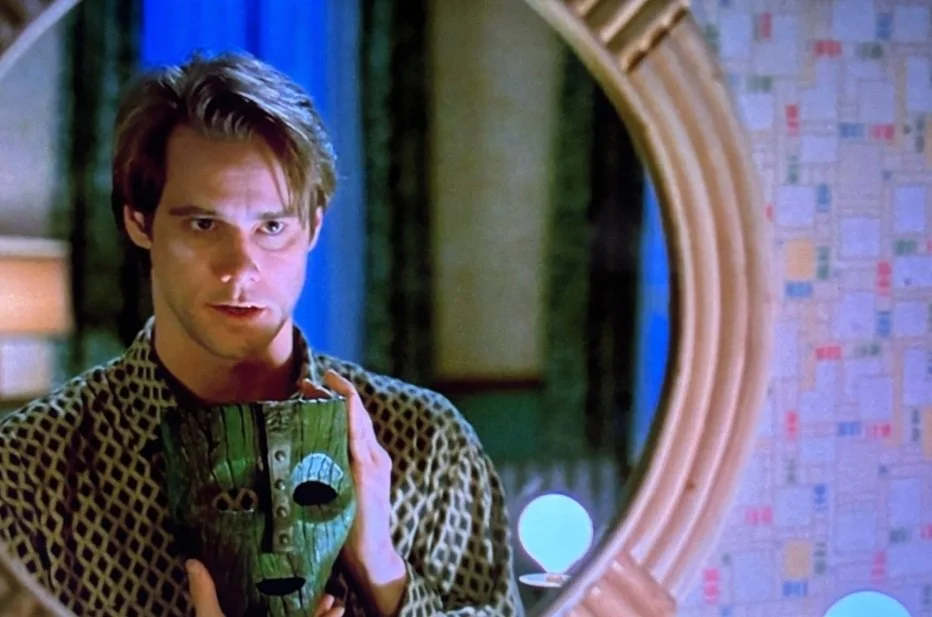Joanne (OliveMe Counseling) and Melinda (Inviterra Counseling) are Enneagram therapists who love helping people grow beyond their reactive patterns of thinking, feeling, and doing. Listen to part 4 of their 4-part series as they discuss the Head Triad and their central emotion of fear.
The Emotional Habits of Enneagram Types (Part 1: Introduction)
Joanne (OliveMe Counseling) and Melinda (Inviterra Counseling) are Enneagram therapists who love helping people grow beyond their reactive patterns of thinking, feeling, and doing. Listen to the introduction of their 4-part series as they discuss emotions, the Enneagram, the three Centers of Intelligence and dominant instincts.
Integrating the Three Centers of Intelligence: Head, Heart, Body
3 Ways to Calm Your Nervous System as a Highly Sensitive Person (HSP)
How to Do Brainspotting on Yourself (Gazespotting)
How to Use Your Triggers for Growth
Designing a Healing Space: How HSPs Can Create a Safe Haven at Home
Moving on from Toxic Relationships
Moving on from Trauma
Nervous System Health: Stuck On & Stuck Off
When traumatic events throw healthy nervous systems off track, we can get into “stuck on” and “stuck off” modes, making it hard to balance between relaxed and alert. When we’re stuck in these modes, we fall back to our habitual reactive patterns. This post can help you determine if your nervous system is stuck “on” or “off.”
Who is the Highly Sensitive Person (HSP)?
The Highly Sensitive Person (HSP) is someone who has the four distinctive traits DOES: (D) Depth of Processing, (O) Overstimulation, (E) Emotional Reactivity & Empathy, and (S) Sensitivity to Subtle Stimuli. HSPs help our society become more empathic, reflective, and interconnected. Learn more about life as an HSP and their specific needs.
Juggling Too Many Balls? Which to Keep and Which to Drop
Reverse Bucket List: Recording Wins to Build Momentum
Bridge Exercise: Escaping "Stuckness"
Power of Perspective: Cycle or Spiral?
You may feel sometimes like you’re going in circles - expending so much energy, time, and resources to change, only to find yourself in the same place all over again. As more time goes on, you feel like the future is bleak - what’s the point of trying, if it’s going to be the same? Perhaps what’s the issue is not what’s happening but how you perceive what’s happening. What if you ARE actually changing?





























